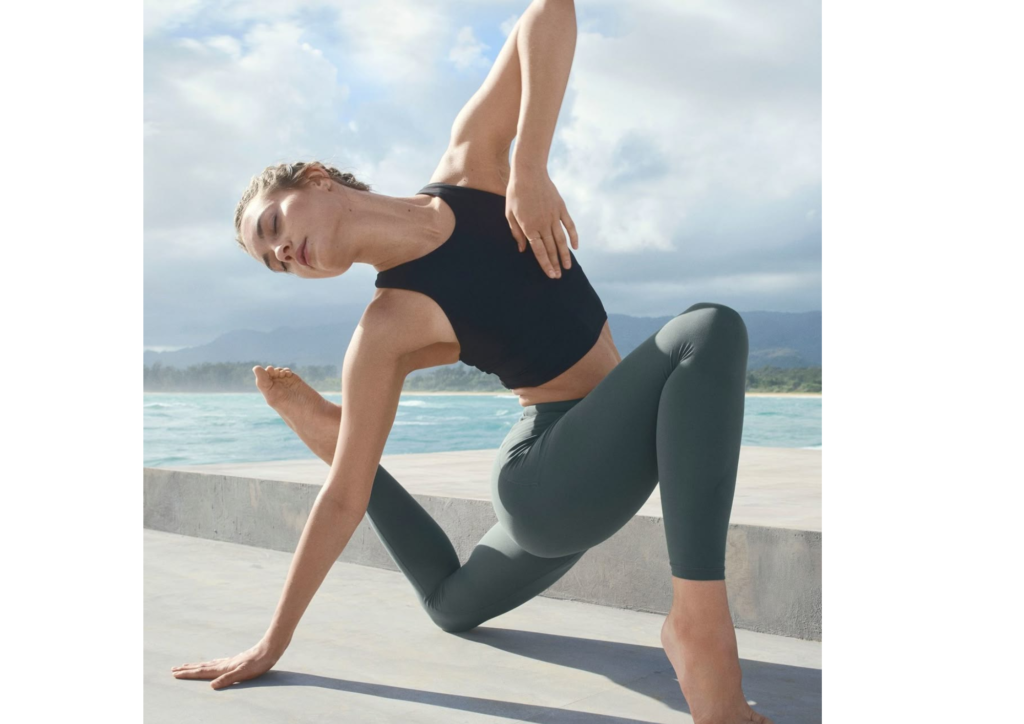In the world of fitness, few practices stand out as much as yoga and Pilates. Both promise stronger bodies, calmer minds, and better health—but which one is right for you? Whether you’re aiming to enhance flexibility, build core strength, or simply find a moment of peace in your busy life, understanding the key differences between yoga and Pilates can help you make the perfect choice for your wellness journey.
Yoga: A Holistic Practice
Yoga is an ancient practice from India, dating back over 5,000 years. It combines physical postures, breathing exercises, and meditation to connect the body, mind, and spirit. Yoga emphasizes mental clarity, emotional balance, and spiritual growth, alongside physical fitness.
Popular styles include Hatha, Vinyasa, and Ashtanga. Each focuses on different aspects of the practice, such as flexibility, relaxation, or strength.
Pilates: A Modern Fitness Method
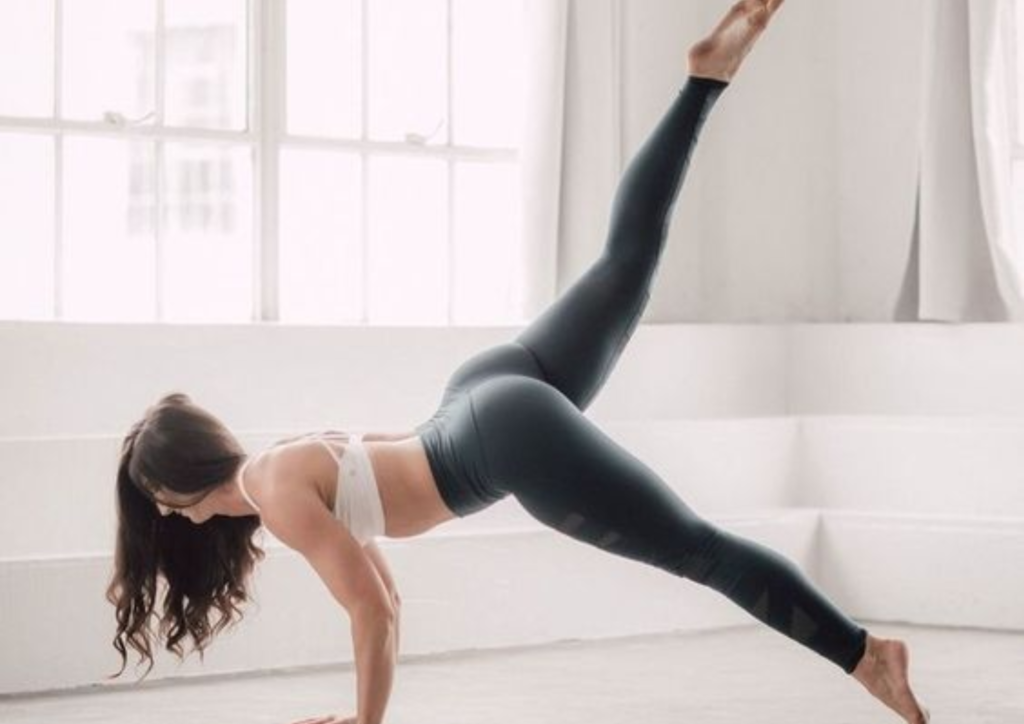
Pilates was created in the early 20th century by Joseph Pilates. Initially developed for rehabilitation, it focuses on building core strength, improving posture, and toning muscles. Unlike yoga, Pilates is more fitness-centered, helping with balance and body alignment.
While Pilates promotes mindfulness, it emphasizes physical precision, focusing on controlled movements to engage and strengthen specific muscles, especially the core.
Physical Differences
Movement Patterns
Yoga typically involves holding poses or flowing through sequences. It combines stretching, strength-building, and mindfulness. Depending on the style, yoga can be slow and meditative or fast-paced and dynamic.
Pilates, however, uses controlled, repetitive movements, often performed in sets. Whether on a mat or specialized equipment like a Reformer, Pilates movements focus on strengthening the core and maintaining control.
Flexibility vs. Strength
Yoga tends to focus more on flexibility. Many yoga poses are designed to lengthen the muscles, particularly in the spine, hips, and shoulders. This helps improve range of motion.
Pilates focuses on strength, particularly in the core and lower back. While it also enhances flexibility, the primary goal is muscle tone and stability.
Breathing Techniques
Yoga: Pranayama Breathing
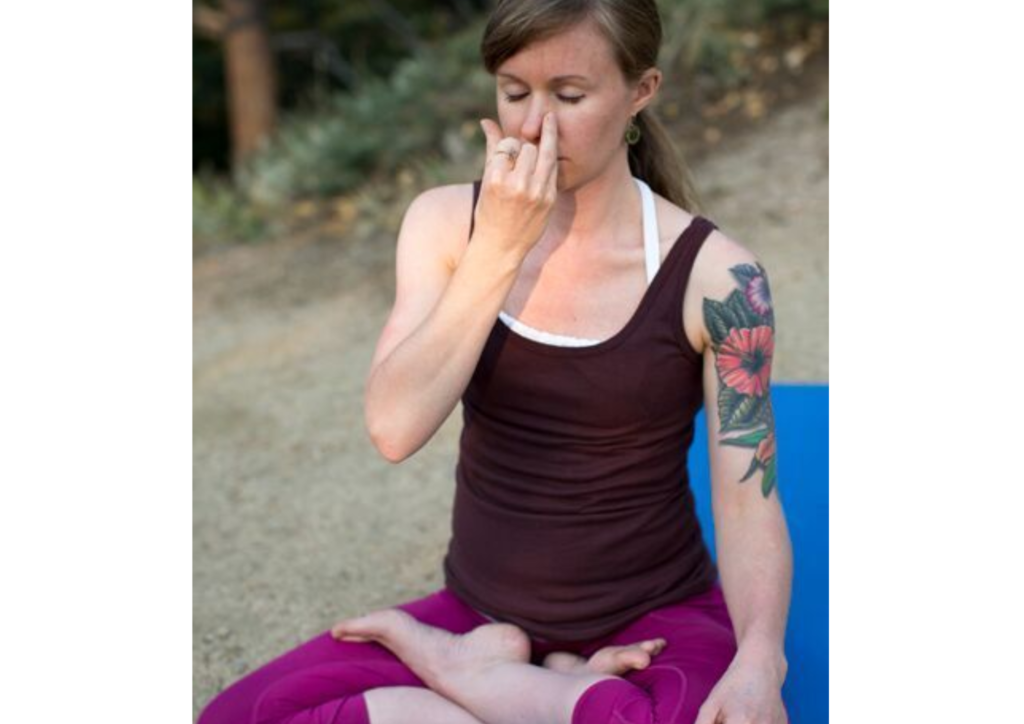
In yoga, breathing is central. Specific breathing techniques, known as pranayama, are used to control energy within the body. Deep, rhythmic breathing helps practitioners stay mindful, calm, and in sync with their movements. This breathing also enhances the meditative aspect of yoga.
Pilates: Breath for Core Activation
In Pilates, breath supports muscle engagement, particularly in the core. Lateral breathing expands the ribcage while keeping the core activated. This breathing technique is essential for maintaining stability and alignment during exercises.
Mind-Body Connection
Yoga: A Meditative Practice
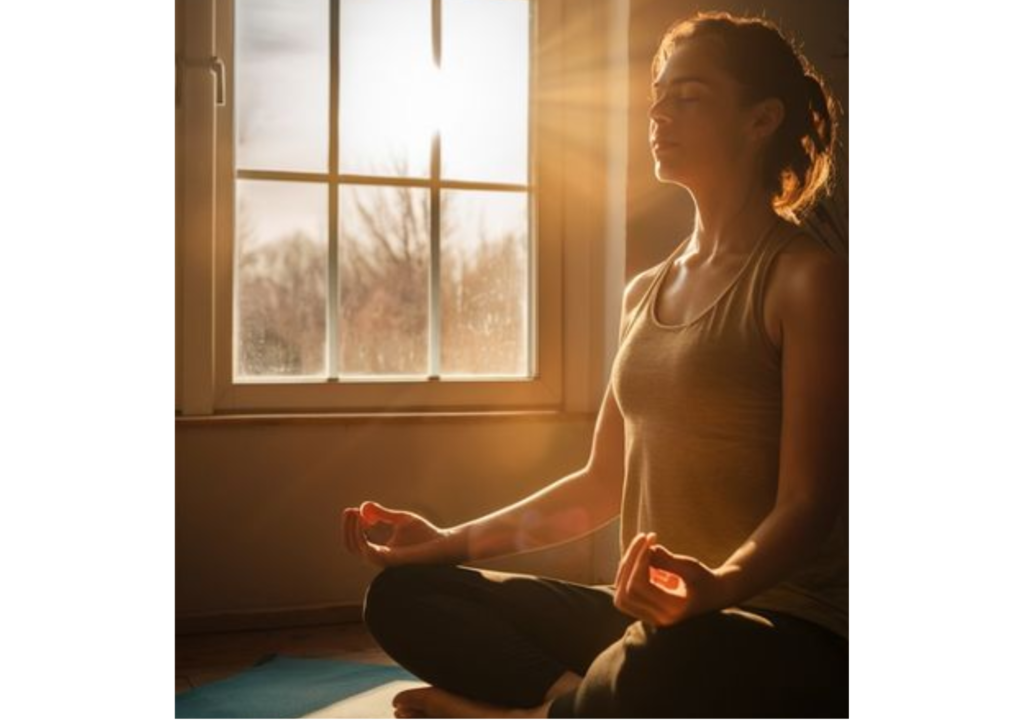
Yoga’s mind-body connection is deeply rooted in mindfulness and meditation. The practice encourages focusing on the breath and staying present, promoting inner calm and emotional balance. Yoga often serves as a tool for stress relief and mental clarity, in addition to its physical benefits.
Pilates: Precision and Focus
Pilates also fosters a mind-body connection but focuses more on precision and control than meditation. Practitioners are encouraged to concentrate on the accuracy of each movement, ensuring correct form. This heightened focus leads to better body awareness and improved posture.
Choosing Between Yoga and Pilates
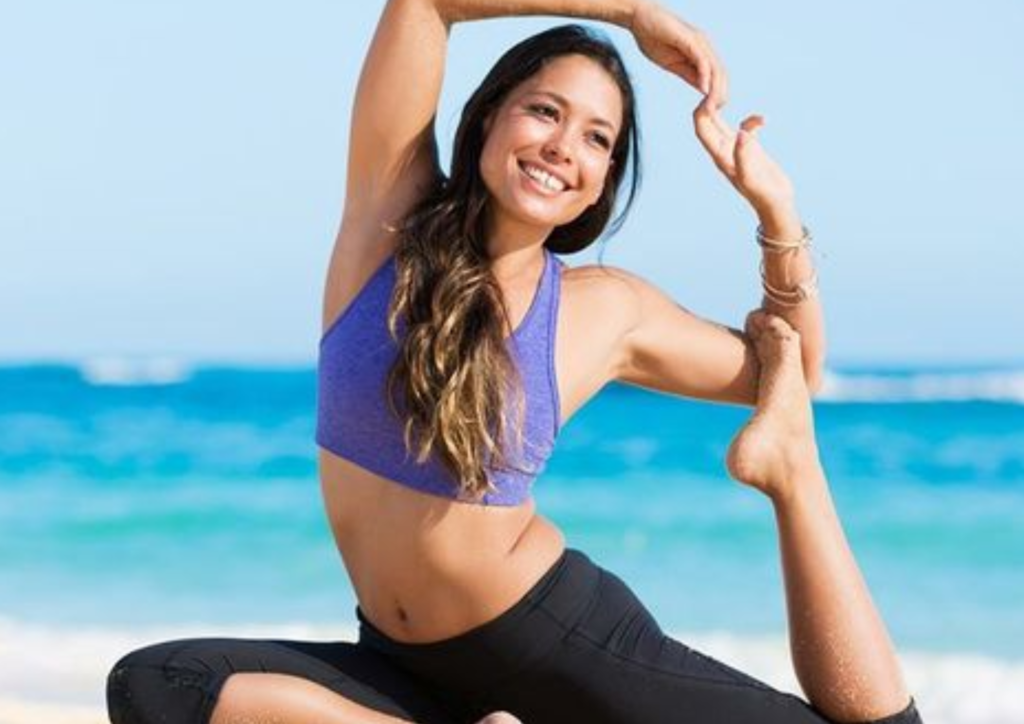
If you’re looking for a practice that enhances flexibility, reduces stress, and promotes spiritual growth, yoga may be the best fit. Its holistic approach nurtures both the body and mind, providing a sense of calm and balance.
On the other hand, if your goal is to build core strength, improve posture, and tone muscles, Pilates might be more suitable. Pilates is particularly beneficial for those recovering from injuries or seeking to improve functional movement and muscle control.
Both yoga and Pilates offer unique benefits, though they differ in their focus. Yoga is ideal for those seeking mindfulness, flexibility, and a spiritual connection, while Pilates emphasizes core strength, precision, and controlled movement. Whether you practice one or both, incorporating yoga or Pilates into your routine can lead to a healthier body and mind.
Yoga and Pilates are popular fitness practices that offer numerous benefits, but they differ in approach and focus. Yoga emphasizes flexibility, mindfulness, and spiritual connection, with deep breathing and meditation being key components. Pilates, developed for core strength and rehabilitation, focuses on controlled movements, precision, and body alignment. Both improve physical and mental well-being but cater to different fitness goals. Yoga is ideal for enhancing flexibility and reducing stress, while Pilates builds strength and stability, especially in the core. Understanding their differences can help you choose the practice that aligns best with your personal wellness objectives.

